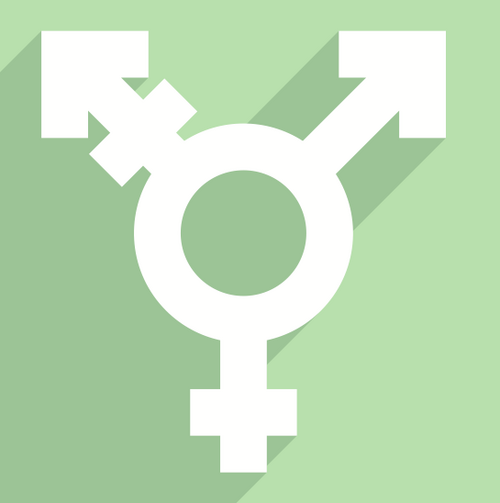Why not write a gender autobiography to help understand the emerging LGBT movement? We can remember our own growing up, and imagine how it might have been different—or even tragic if we did not conform to the reigning group norms.
In The New York Times (1/6/15) Jennifer Finney Boylan, a transgendered advocate and professor writes an Op-Ed piece describing the case of Leelah Acorn; Leelah was a transgendered teenager who felt so unsupported by her religious family that she committed suicide. Boylan mourns this young person’s death and recounts her own story to give hope to others who suffer.
Reports in the news have described new educational, legal, healthcare and ethical-theological challenges faced by transgendered persons. Should women’s colleges such as Barnard and Wellesley accept applicants who are transitioning to male identities? Can birth certificates be changed and legal marriages performed? Bioethical questions of fertility treatments also arise. Closer to home are the hard decisions facing parents in response to a child who insists that their “real” gender identity is different from that assigned at their birth. Leelah’s suicide note reported her parents’ arguments that she was just going through a phase and to accept that “God doesn’t make mistakes.”
By contrast, three supportive families I know have enabled their children to transition from male to female gender identity. As another sign of the times, this year at my granddaughter’s college orientation, students were asked which gender pronoun they wish to be addressed by. (At a “cooler” campus she visits, other students refuse to answer to any binary gender pronouns.) Beyond these youthful cases, I was surprised when a middle aged ex-colleague, a distinguished philosopher, recently transitioned from male to female identity and published an article on the bioethical issues involved. After reading this essay I plunged into some of the many autobiographical books detailing the psychological and social processes of gender transitions. As with Jennifer Finney Boylan’s story, there was a great deal of psychological, physical and social suffering involved. Boylan recounts a difficult, but successful transition from being a married father with two sons to a happily reconfigured family with two maternal figures. It’s also true that other accounts of gender change do not end well.
Part of the uncertainty for parents and individuals is that there isn’t any certain knowledge or agreed upon consensus on how gender identity emerges. Personal narratives differ; respected scientific authorities disagree. Every individual case is unique, and personal consciousness can constantly change. Is an experience of misery with one’s assigned birth identity (labelled gender dysphoria) irreversible? Or can it perhaps mask depression or other disorder? Inevitably, the different perspectives adopted on causality will influence judgments on treatments.
Supportive parents are in a bind because the earlier a gender transition, the better the outcome in the long run. But fears can arise of premature medical interventions, or of prolonging a child’s suffering, or risking a suicide. Andrew Solomon in his monumental book on unusual parenting challenges, Far from the Tree, provides an excellent chapter on transgender dilemmas. The cases he examines include horrible depictions of children and families subjected to rejection, prejudice and persecution. Sexuality remains such a high-anxiety domain that deviations from the norm provoke violence—even suicide and murder. Society does not universally agree with Jennifer Boylan’s affirmation, “The world abounds with all sorts of ways of being human.”
Yes, it’s true. And when we reflect on our own developmental history we can better see the various complexities involved. So much happens beneath and before conscious awareness. Gender identity emerges, I now conclude, from an interrelated interplay of genes, biochemical influences in the womb, infant and child personal experiences and social pressure. The brain seems hardwired early, perhaps in different degrees. But undoubtedly, random chance events determine individual developmental outcomes. While God does not make mistakes, God works through secondary causes such as evolution’s random mutations and variations.
Fortunately, Christians do not have to wait for scientific consensus to understand and affirm religious truths. We know that God commands us to treat each human life with justice and love. In particular we must protect the vulnerable and relieve suffering. Moreover, the embodied person’s whole identity, deeds and character are more important than gender identity.
Autobiographical reflections confront us with the mysterious question, “How does the self-conscious ‘I am’ relate to the ‘me’ of my body changing through time?” I’m now an old married woman who has experienced seven pregnancies, seen my children change from infancy to middle age and have physically declined with my aging spouse. I thank God that Christians value and protect every stage and condition of embodied life. We value embryo, fetus, infant, child, adult, aged, disabled and the dying. And we’ve been promised the gift of transitioning to resurrected life as members of Christ’s body. Can we hope now for an expanded theology of the body and person, to better understand gender and transgendered persons?








